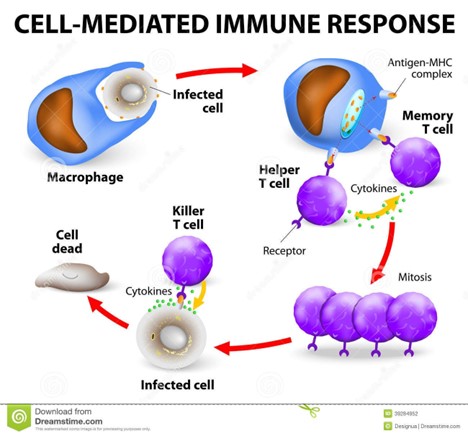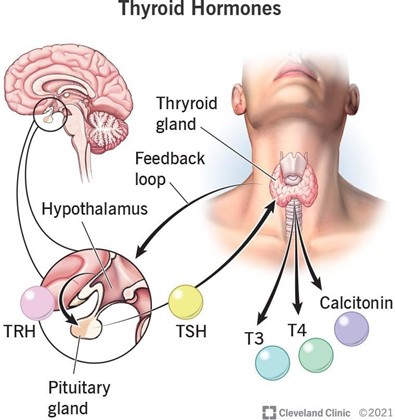Innate defenses counter specific disease-causing agents, whereas adaptive defenses include mechanical and chemical barriers:
True
False
The Correct Answer is B
Innate defenses counter specific disease-causing agents, whereas adaptive defenses include mechanical and chemical barriers.
Choice A is wrong because it confuses the two types of defenses.
Innate defenses are nonspecific and include physical barriers such as the skin, molecules that are toxic to invaders, and phagocytic cells that ingest invaders.
Adaptive defenses are specific and are activated by the innate immune system.
They involve the production of antibodies and specialized cells that recognize and eliminate specific pathogens.
Normal ranges are not applicable in this question as it is about the definitions of innate and adaptive defenses.
Nursing Test Bank
Naxlex Comprehensive Predictor Exams
Related Questions
Correct Answer is B
Explanation

T lymphocytes, also known as T cells, are a type of white blood cell that is an essential part of the immune system.
T cells are one of two primary types of lymphocytes — B cells being the second type — that determine the specificity of immune response to antigens (foreign substances) in the body.
T cells can be distinguished from other lymphocytes by the presence of a T-cell receptor (TCR) on their cell surface.
T cells originate in the bone marrow and mature in the thymus.
After migration to the thymus, the precursor cells mature into several distinct types of T cells.
One of these types is the CD8+ T cell, also known as cytotoxic T cell, which is responsible for cell-mediated immunity.
Cell-mediated immunity is the type of immunity that involves the direct killing of infected cells and cancer cells by cytotoxic T cells.
Choice A is wrong because humoral immunity is the type of immunity that involves the production of antibodies by B cells and plasma cells.
Antibodies are proteins that bind to specific antigens and mark them for destruction by other immune cells.
Choice C is wrong because programming macrophages is not a function of T lymphocytes.
Macrophages are a type of phagocytic cell that can engulf and digest pathogens and cellular debris.
Macrophages can be activated by cytokines, which are chemical messengers secreted by helper T cells and other immune cells.
Choice D is wrong because producing antibodies is not a function of T lymphocytes.
As mentioned above, antibodies are produced by B cells and plasma cells, which are another type of lymphocyte.
Correct Answer is C
Explanation
The thyroid gland secretes triiodothyronine (T3), which is one of the two main thyroid hormones that affect almost every physiological process in the body.

T3 is the more metabolically active hormone produced from thyroxine (T4), which is the other thyroid hormone.
Choice A is wrong because the adrenal gland secretes hormones such as cortisol, adrenaline, and aldosterone, which are involved in stress response, blood pressure regulation, and metabolism.
Choice B is wrong because the pancreas secretes hormones such as insulin, glucagon, and somatostatin, which are involved in blood glucose regulation and digestion.
Choice D is wrong because the parathyroid gland secretes parathyroid hormone (PTH), which is involved in calcium and phosphate homeostasis.
Normal ranges for T3 levels vary depending on the laboratory and the method of testing, but they are usually between 100 and 200 nanograms per deciliter (ng/dL) for total T3 and between 2.3 and 4.2 picograms per milliliter (pg/mL) for free T.
Whether you are a student looking to ace your exams or a practicing nurse seeking to enhance your expertise , our nursing education contents will empower you with the confidence and competence to make a difference in the lives of patients and become a respected leader in the healthcare field.
Visit Naxlex, invest in your future and unlock endless possibilities with our unparalleled nursing education contents today
Report Wrong Answer on the Current Question
Do you disagree with the answer? If yes, what is your expected answer? Explain.
Kindly be descriptive with the issue you are facing.
